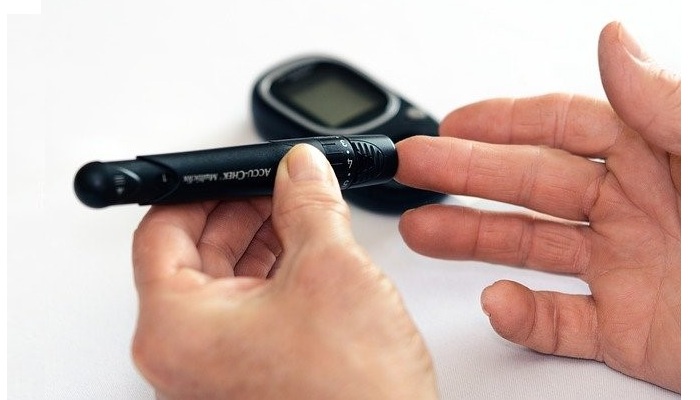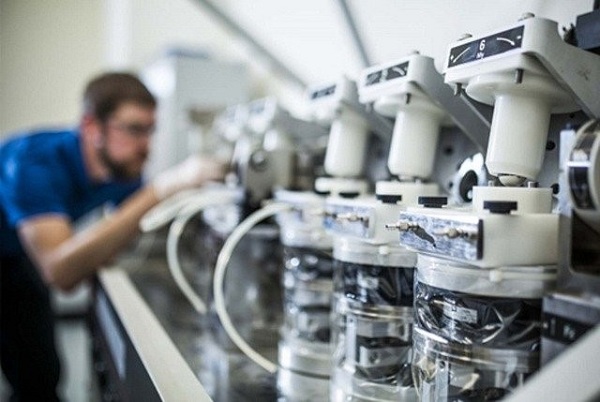Medical device manufacturing refers to the process of taking an idea or prototype from conception all the way to mass production. This multiphase process has a different set of challenges at every stage. Understanding the process and each step allows a person to be valuable from day one with their new company or job, as well as for future career-advancing opportunities.
1. Research and manufacturing
The first phase of medical device manufacturing is the initial research and development. Since medical devices are regulated, any changes or new products must be approved by government regulators before they can enter the market. This is where entrepreneurs need the most help with outside expertise in everything from design, mechanical engineering, materials science, manufacturing, quality control, and more. Companies like www.polarseal.net have extensive material knowledge, international networks, and vast production lines, and they can meet mass volume orders without hindering the quality required for end-user satisfaction. They are solely focused on medical device contract manufacturing and healthcare material conversion.
2. Designing a prototype
When the idea is proven through extensive research and testing, it’s time to create a prototype. This requires many hours of work for engineers, scientists, researchers, and other experts who can handle all the different parts of the design. Even after this step, the medical device will still require regulatory approval before entering the market. Designing is the first step towards the final product, but it’s only one of many steps.
3. Production engineering and testing
Production engineers take the prototype that was designed by the R&D team and start creating the actual tooling that will be used to mass-produce the medical device. This is where design for manufacturing comes into play, and many changes can happen during this process. Many medical equipment manufacturers choose Mazatlan in Mexico for this and other steps in the manufacturing process because of the low cost and the availability of skilled labor.
The tooling and other production equipment should be created as the medical device is tested to make sure it performs as expected for real patients.
4. Quality testing and system validation
In order to reach a mass market, the medical device must adhere to FDA guidelines that ensure high-quality standards across all devices of that type before they can hit the shelves, or even be used by doctors in a clinical setting. Medical device manufacturers have several methods for testing their products — everything from bench testing — running it through various pre-determined tests — to full functional system testing, which takes place over weeks or months inside a facility with a mock or actual clinical setting.
5. The final steps: Filling and sterilizing the medical device
After testing and validating that the product works as expected for patients, it’s time to package it and get it ready to be sent to market or used in a clinical setting. Medical device manufacturers often work with pharmaceutical companies who need their devices filled with drugs before they can be shipped out, loaded onto trays at hospitals, or even placed inside syringes during surgical procedures. These are all important steps towards making sure the patient gets the best possible treatment when using these products.
Why is medical device manufacturing hard?
Medical device manufacturing requires a high level of expertise at every step. From research and development to designing the prototype, to production engineering and testing, medical device manufacturers need years of experience in order to create safe products for patients around the world. The material used in creating these devices also adds another layer of complexity. Materials like titanium can be expensive and require special machines for processing, while others like plastic may need specific storage conditions, so they don’t start deteriorating before they can be used.
What do you need to know before you buy a medical device?
Most people have no idea what they are getting when they purchase a medical device unless it’s something simple like an adhesive bandage. Many times the most complicated devices are used in surgeries, most of which are life-saving. The average person can’t grasp the complexities of why medical device manufacturing must go through several steps in order to create a final product that lives up to standards for quality and safety before it reaches the patients who need it most.
What are some examples?
One example is implantable cardioverter defibrillator devices, which are used when doctors want to control someone’s heart rate. They are surgically implanted in their chest cavity in order to give them lifesaving treatment in certain instances when they have abnormally slow or irregular heartbeats. Another common item would be tracheotomy tubes, which are often placed in critically ill children, so they don’t have to spend months in the hospital breathing with an open wound over their trachea (windpipe). These are just two examples of the thousands of medical devices on the market that are constantly being developed and improved upon to provide new treatments or just enhanced features for current items.
The medical device industry is a massive field that is constantly growing and evolving with new technology. There are many types of professionals who work in the field, from engineers to scientists, there are also positions for production workers who make everything possible. All these people come together to create quality products that improve the lives of patients around the world.



















